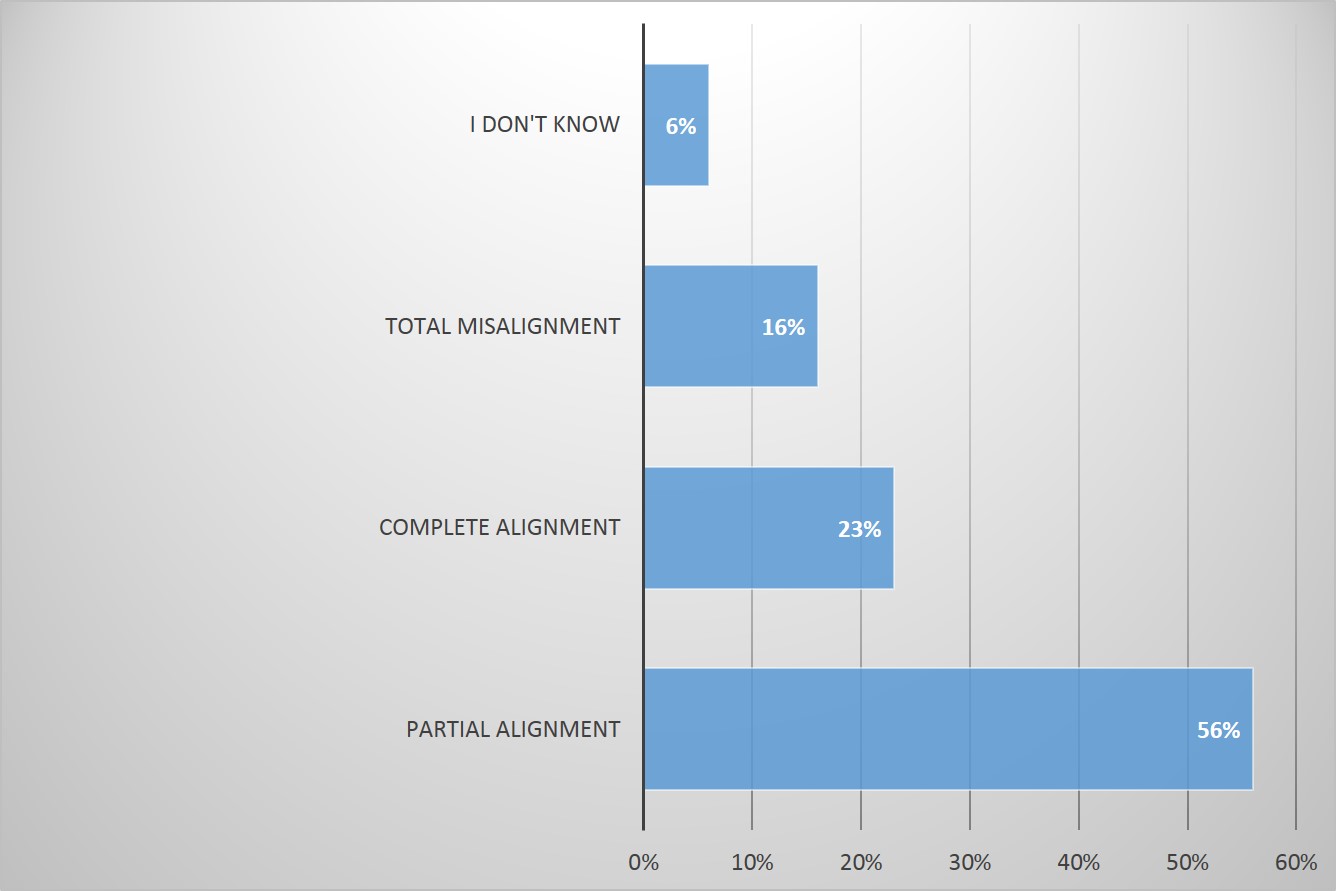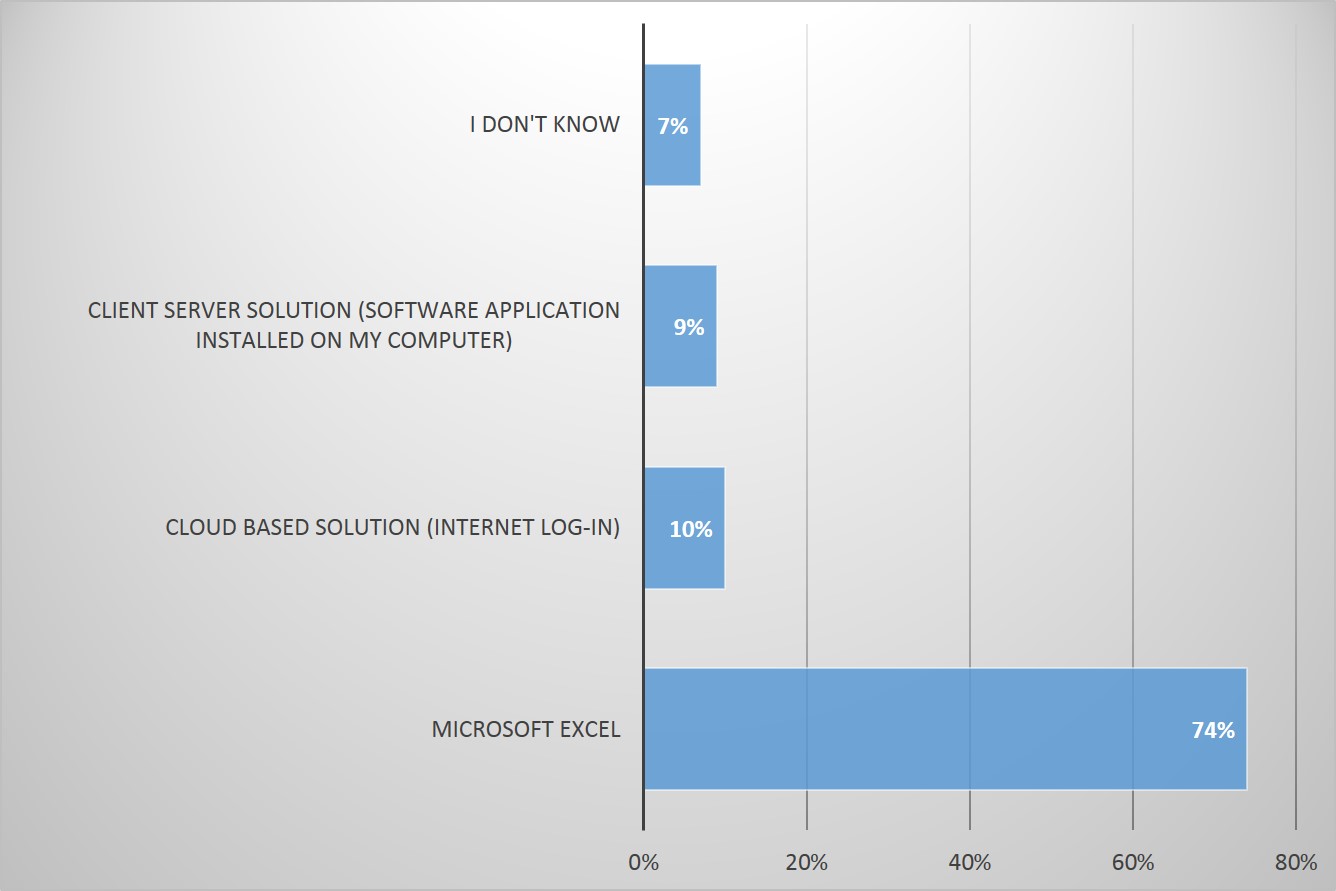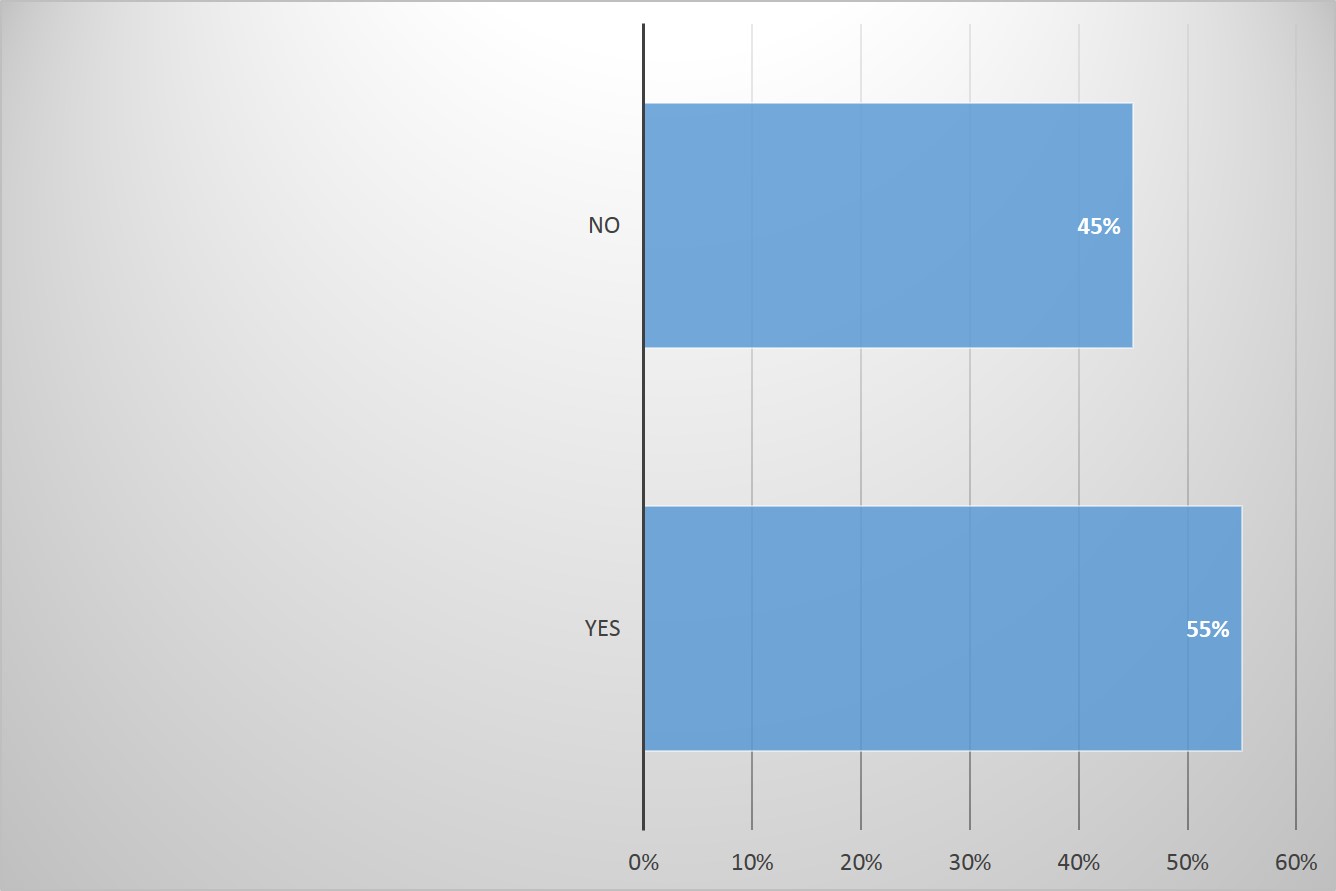The State of the Performance Improvement and Key Performance Indicator Practice in 2015
 The KPI Institute has officially released its latest research study during the Performance Improvement and KPIs Forum, hosted in Kuala Lumpur, Malaysia, this September.
The KPI Institute has officially released its latest research study during the Performance Improvement and KPIs Forum, hosted in Kuala Lumpur, Malaysia, this September.
The study, entitled “State of the Performance Improvement and Key Performance Indicator Practice Report” offers insight from 4 key sections related to KPIs:
- KPI Lifecycle – analyzes different stages of the performance management cycle: KPI selection, documentation, target setting, data gathering, reporting and decision making.
- Performance Improvement System – provides insights into how performance improvement systems are organized within companies.
- Governance – assesses communication and accountability in managing performance.
- Context – looks into the overall context in which KPIs and performance improvement initiatives are used.
In order to gather information on these topics, a survey consisting of 28 questions was disseminated throughout the world. The targeted audience was our online community which is made up of 73,000 members. 391 professionals have shared their tips and tricks in managing performance by answering our questionnaire.
The findings are as follow:
- Operational excellence with Performance Management Systems
The latest trends in performance improvement indicate that Performance Management Systems are used by organizations worldwide mainly at operational (49%) and strategic level (39%). The most common methodology used in structuring such a system is The Balanced Scorecard, as 42% of respondents admitted to using this instrument.
- KPIs drive value for businesses
The study reveals a strong argument to support the implementation of KPIs, as 68% of professionals admitted to have noticed a positive impact on business development following the KPI Framework implementation.
- Improvement – the main reason to use KPIs
The survey reveals that professionals use 3 main arguments to promote and justify the usage of KPIs: improvement, focus and clarity. “Improvement” is by far the most common used argument for implementing KPIs among survey respondents. Moreover, 43% agreed that it is important to objectively evaluate the current level of results in order to ensure business progress. Last, but not least, “Focus” and “Clarity” are common reasons to promote the use of KPIs among 18%, respectively 17% of professionals.
- KPI selection and building a performance culture are the most challenging aspects when it comes to performance management
32% of the respondents stated that the most challenging aspect in performance measurement has to do with identifying the right KPIs for their business. This challenge seems to be common among organizations regardless of their size or industry. In practice, what sets apart successful KPI selections from the rest is the organization’s ability to engage the right people in this process and to clarify its strategy.
In terms of performance improvement, building a performance-oriented culture is the most difficult endeavor, based on the responses collected from 32% of professionals.
- Organizational culture is seen as being a key factor for developing a successful performance management system
The survey findings (32%) highlight organizational culture as being the premier factor when it comes to facilitating the implementation of a successful performance management system.
According to these results, the alignment of employees’ values to those of the company’s, coupled with an understanding of the company’s mission, vision and core principles can either consolidate performance or constitute an obstacle in the implementation of a performance management system.
- Partial alignment between employee performance plans and corporate strategy
Complete alignment between organizational strategy and employee performance plans is common only among 23% of respondents, while partial alignment seems to be the most popular scenario (56%).
- Microsoft Excel as main data gathering and reporting tool
74% of professionals admitted using Microsoft Excel for data gathering and reporting. In terms of automated software, the most cited Business Intelligence tools were: Oracle, SAP, PeopleSoft or QPR Software.
- Predictive analytics: easier said than done!
Although predictive analytics and data modelling are popular topics nowadays, only 18 % of professionals claimed to use predictive analytics extensively. Having data modelling allows us to use trend forecasting and pattern recognition on big data sets; with those, organizations can be one step ahead of their competitors, as well as their clients.
In practice however, the use of predictive analytics requires substantial investments in software tools and in finding or developing the necessary competence which data-handling requires.
- Decision-making based on data
The study shows that 33% of professionals integrate KPI results into their decision-making process, while support for a standardized template in which to report the implementation of decisions and initiatives only appears in 32% of cases.
- A dedicated office to govern the Performance Management System
More than 50% of the organizations analyzed have a dedicated office which handles all strategic and performance related aspects. A dedicated team for implementing and governing the performance management system ensures a consistent, structured and logical approach to better strategy alignment and coherent decision-making. The Performance Management Office should provide support in reporting performance-related information to all stakeholders and build a performance culture in the organization.
The entire report will be available soon on http://store.kpiinstitute.org/

Tags: KPI, operational performance, Strategy













